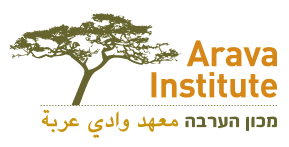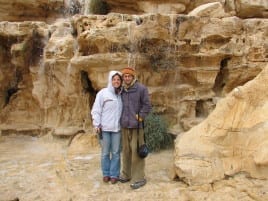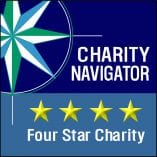As the Director of the Arava Institute for Environmental Studies it is my privilege and honor to represent the Arava Institute in front of Israeli Public Council members in Israel, Friends of the Arava Institute supporters in the US, government officials from all over the world, academic partners and the general public. This often takes me away from the Institute to Tel Aviv, London, Amman, East Jerusalem and cities all over the US. I am currently on a fundraising trip in the US and once again have the pleasure of meeting people and telling them our stories – stories like the ones you will find in this month’s blog – of cross border cooperation, intercultural and international compassion, comprehension and bridge building. These are important stories to tell because they disprove the common wisdom that the Middle East is a lost cause. Our cause is not lost as long as brave young people are willing to cross borders, step out of their comfort zones and open up their minds and their hearts to their neighbors. David Lehrer
PELS Trip to Jerusalem
The bi-annual Peace Building and Environmental Leadership Seminar (PELS) trip to Jerusalem took place at the end of April. The two-day tour focused on the many environmental, social, and political issues facing the city and its’ surroundings, both past and present.
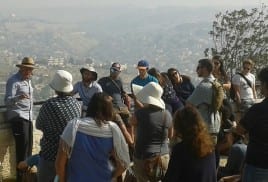
The next day students participated in a tour of Wadi Kidron (Kidron Valley) which included a discussion of how the area’s environmental issues intertwined with the political conflict, thus shaping local identity. The highlight of the trip for most of the students was a moving visit to the Afak School, an 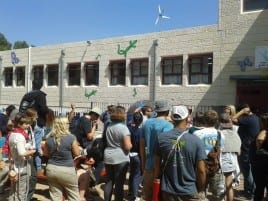
The trip ended with an informal dicussion and lunch with Lail Patishi, sister of one of the Israeli students. Lail talked about her participation in grassroots activism and shared her experiences in raising local awareness about the realities of living in conflicted areas such as East Jerusalem. An American-Israeli, Danny Ehrlich, was also part of the discussion, and explained how Zionism has influenced his personal beliefs and life choices. These diverse narratives throughout the trip brought home what PELS is all about – empowering students to take effective action for peace and sustainability by offering them encounters with role models and exposing them to contrasting narratives with the hope of finding a common ground and acceptance of “the other”.
Submitted by Julia Weeks
Evrona Oil Spill Update
Congratulations to Dr. Elli Groner and his team at the Center for Hyper-Arid Socio-Ecology (CHASE) for finishing the conclusive report on the remaining ecological 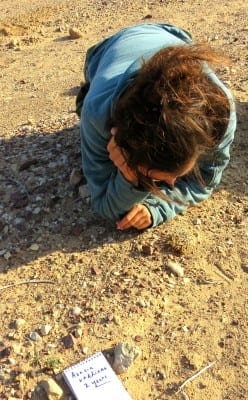
The CHASE team took soil samples to measure moisture levels and recorded plant species diversity and abundance. They also examined Acacia trees in the areas polluted by crude oil in 1975 and in an unpolluted control area. They discovered that the soil moisture in the polluted area is decisively lower than in the control areas, indicating that even after 40 years, the oil still prevents water from percolating into the soil. No difference was found in composition of perennial plant species, and shrub life has completely recovered.
Acacia trees did not fare so well. The number of Acacia in the oil polluted area is significantly less than in the controlled area and no young saplings were found there. This suggests that the oil disturbs reproductive abilities and prevents germination of the Acacia. Since Acacia are a keystone species in the region (e.g. Gazelles feed on it and rest in its shelter), their declining number would affect the entire ecosystem. In order to minimize dangers to the Acacias in the area of the recent oil spill, CHASE recommended continued clean-up efforts in their report.
Submitted by Mara Cuja
Culture Night
Students and interns at the Arava Institute addressed the question “What constitutes culture?” through the creative expression of their personal culture at AIES Culture Night.
First and foremost for all the participants was food! Students prepared arepas (corn flatbread) from Venezuela, Jordanian semolina cake, sweet tea from the southern US, and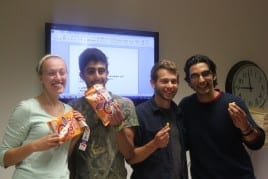
Other aspects of cultural identity were also shared. Religion and spirituality were represented by a traditional indigenous Ecuadorian spiritual ceremony and dance, which was then taught to everyone. Campus Life Director Lex Paul expounded on the art of beard culture while another student explained the history and customs of her sorority. Multi-cultural identity could also be found, as demonstrated by a student who performed both Arabic poetry and a Tupac rap. And to round out the evening with some dance, everyone was taught how to do a Lithuanian polka as well as the traditional Arab dance, the dabke!
Submitted by Elena Juodisius
All in the Family
Kibbutz Ketura is home to the Hoffman family, including their three sons – Yoav, Oren, and Matan. In 1996, Yoav’s then-girlfriend Danielle came to study at the Arava Institute during its very first year. She returned as an Academic Fellow in 1999 and was a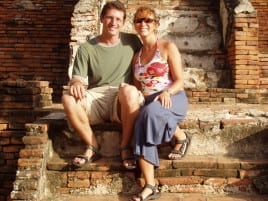
She didn’t anticipate what would come next and the strength of the Arava Institute connection: the youngest brother, Matan, 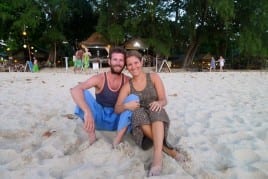
Unbeknownst to all involved, the semester following Kate’s departure saw the arrival of Iael Reich, an Uruguayan-Israeli student who studied at AIES during Spring 2008 and slept in the very same bed that Kate had occupied, sharing the room with the same roommate. After completing her undergraduate work in Be’er Sheva, Iael moved to Sde Boker to pursue a Master’s and then a PhD, where she met and fell in love with the middle brother, Oren Hoffman. The two were married at Ketura on April 24, 2015.
For those who think the Arava Institute is in the business of environmental studies and peace-building, think again! According to this family at least, the business of the Institute is match-making and the success rate is high. Jokes aside, I think I can speak for all of the couples in saying that our lives have been deeply enriched by our experiences both at the Arava Institute and at Kibbutz Ketura, and we are grateful to find a welcoming home in both places.
Submitted by Kate Cohen
